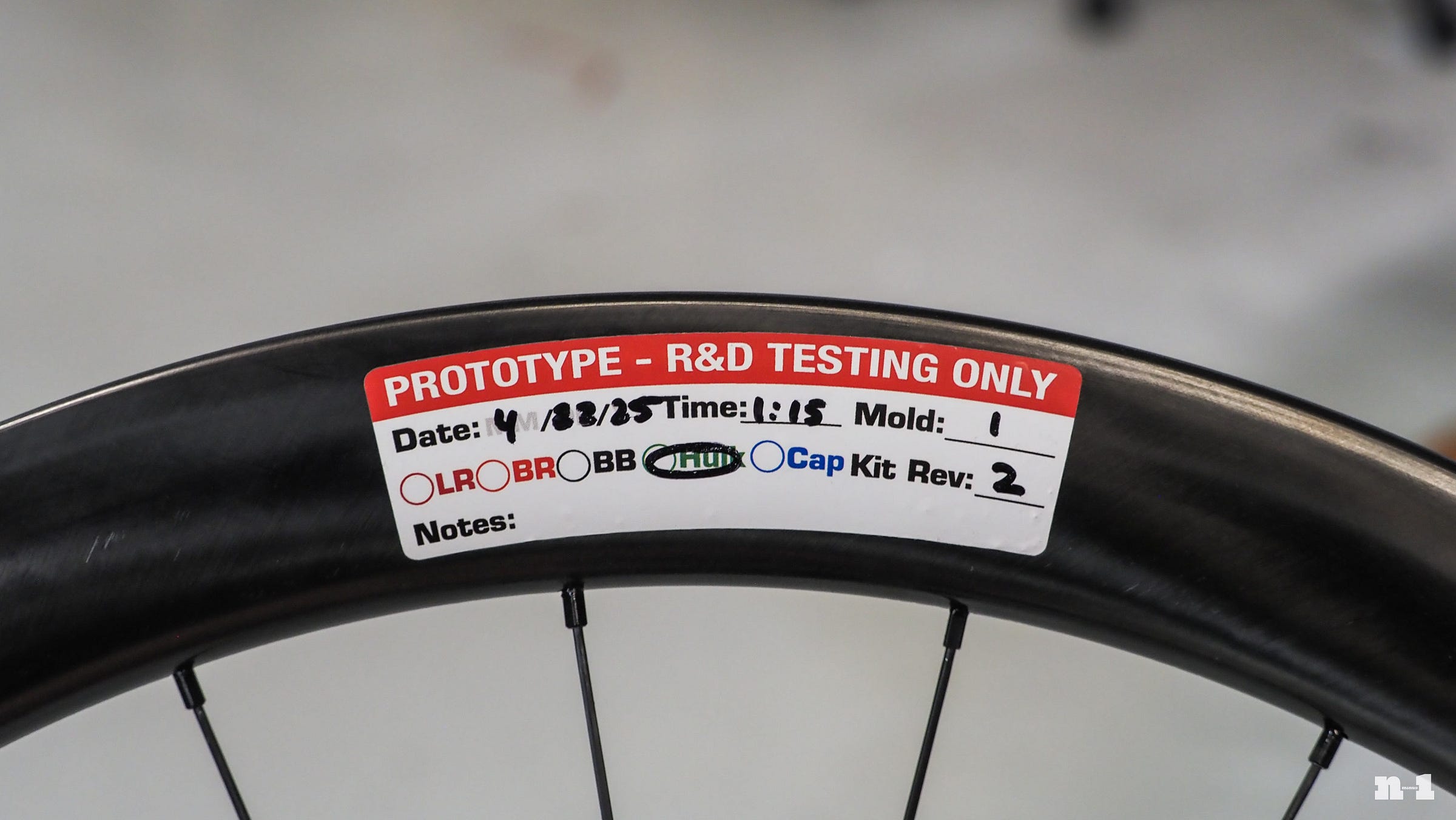HED isn’t a company that makes a habit of tooting its own horn, but while modesty is an admirable trait that’s often hard to find in the bike industry these days, sometimes you just have to give credit where credit is due.
HED announced today two new carbon fiber gravel wheelsets – the Lincoln G25 and Stillwater G50 – both with very generous 28.5 mm internal widths, aero shaping, and hooked rim profiles, but with two different section depths: 25 mm for the Lincoln; 50 mm for the Stillwater. They’re decently light – but seemingly not too light at 1,430 g and 1,620 g, respectively – and retail prices for both are just under US$2,000 despite the fact HED is molding the carbon rims in-house at its Minnesota headquarters.
I’m not particularly interested here in going over the claimed benefits and marketing spiel, though; I’ve been promised a loaner set so I can do a proper review in due time. But in the meantime, what I find much more interesting is how exactly HED got to this point.
You see, wider rims are definitely all the rage these days, but HED quietly started the trend with the original Ardennes road wheels back in 2007 – eighteen years ago. Around that time, 15 mm internal rim widths were the norm – even 13 mm wasn’t uncommon – but the Ardennes bucked the trend with the first-generation model featuring 17 mm of space between the bead hooks. It was clearly faster, rode better, and offered better traction than the norm, yet despite the obvious performance advantages, it was years before other brands eventually followed suit.
What was the motivation for going that wide and bucking the accepted trends? Why did it take so long for everyone else to catch up? How wide is too wide? And how did Steve Hed even come to think this was a good idea?
Hed is often remembered for being a visionary in terms of bike and wheel aerodynamics – which he most certainly was – but maybe it’s time for us to add another chapter to those history books.













Share this post